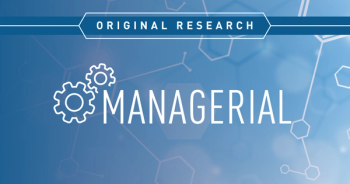
Measuring Response With Immuno-Oncology Agents in NSCLC
Clinicians generally follow NCCN treatment guidelines carefully when the intent of therapy is curative, notes Andrew L. Pecora, MD. There is very high concordance with the guidelines in the treatment of adjuvant breast cancer, adjuvant colon cancer, and metastatic testicular cancer where the therapeutic approach is well established. However, this is not the case when treating non-small cell lung cancer with an immuno-oncology agent, he says.
When considering whether to incorporate an immuno-oncology drug, it is important to first ensure that it is FDA-approved for the indication, states Pecora. Another important consideration is the rate of disease progression, because these agents can take some time to have an effect. CTLA4 inhibitors take longer to produce an effect than PD-1 inhibitors, he adds. In some more aggressive cases, the delay in response can allow the disease to progress to a point that is detrimental for the patient.
Immunotherapies can also cause pseudoprogression, initially increasing the size of the tumor. Because of this effect, oncologists have had to change their way of thinking when it comes to measuring response. When treating with an immuno-oncologic, time to response is much less important than overall survival, Pecora says. It is important to let patients know that tumor growth is not necessarily bad.
Newsletter
Stay ahead of policy, cost, and value—subscribe to AJMC for expert insights at the intersection of clinical care and health economics.








































